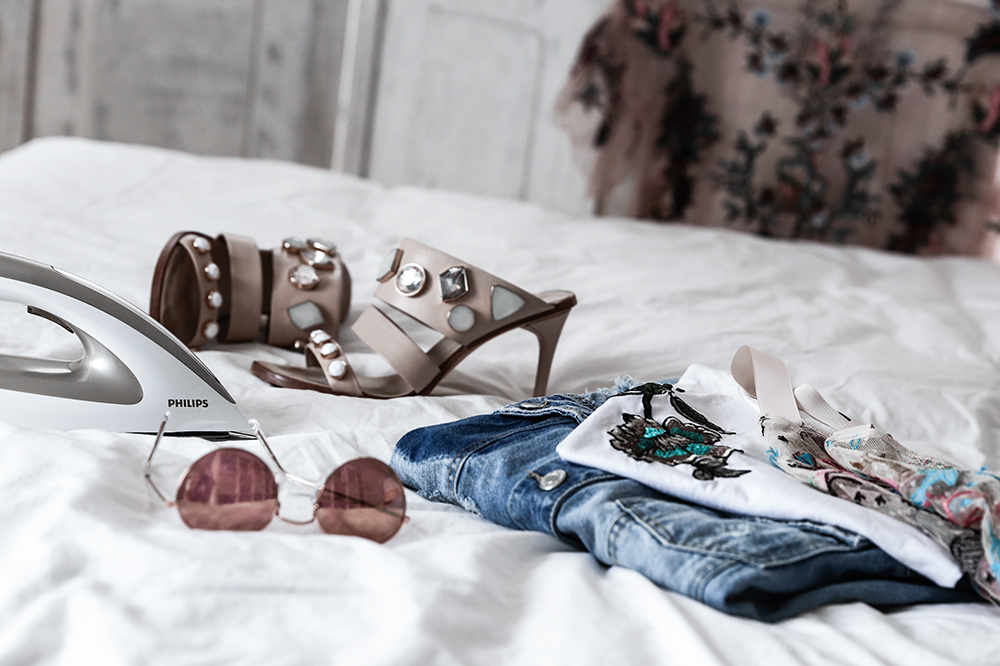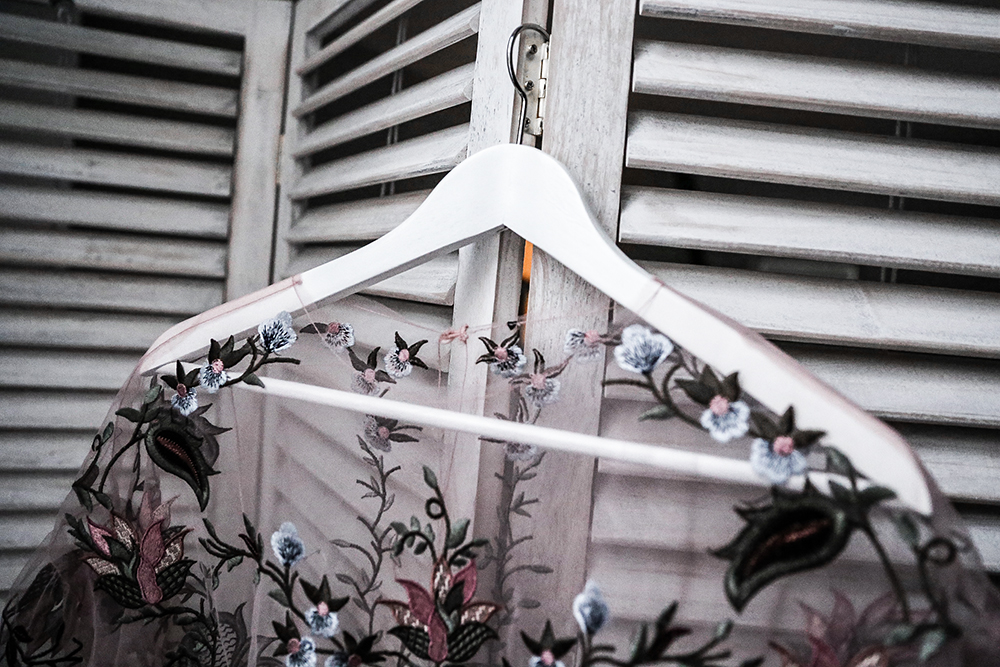I don’t know how about you, but every year I refuse to admit it’s the end of Summer. I keep my summer clothes in the main part of my wardrobe until the cold really hits in and I’m forced to switch it to winter pieces. To separate seasonal clothes is crucial not only for you to be better organised, but also for the clothes to last longer. To store them right also means to have them all fresh and ready to wear when the warm days come back (applies vice versa!)
The ritual of switching a seasonal wardrobe is different for everyone depending on how big your closet is and how much clothes you actually own. It’s easier for someone with a “capsule wardrobe” (article about this coming soon!), but for someone like me with a ton of clothes it can take up up to several days (sigh).
1. Throw all your summer and winter clothes out on a bed, or a large carpet – including dirty laundry, underwear and socks.
And I really mean everything. It’s the only way to find out what really is in your closet and also the right time to select pieces you have not worn for a long time- This “time” is generally one year, in my case though is 2 or 3. I have several pieces that could be considered vintage now just because I have had them for years, and just now they found their way back to my closet. (You can actually do these steps anytime trough out the year – it’s perfectly described in a book by Marie Kondo – The life-changing magic of tidying up. You would be surprised how many clothes will go away and good will you feel about it!)
2. Sorting the clothes in categories
Put your clothes in the categories – trousers, shirts, vests, … There is a fe reasons for sorting both winter and summer: some summer things can be worn in winter when layering. Current trends make it possible to pair a summer silk skirt with a chunky sweater or a summer tank top under the shirt. Intuitively, select the pieces for the winter and put the others down. The things you’re about to store, check if they don’t have stains from sweat, meals, or make-up. If you do not clean them now, you can forget about wearing them next Spring.
3. Cleaning and folding
This part is very important! Whether your summer clothes have been stained or not, I alwas suggest to wash them or take them to drycleaners anyways. If you won’t do it, the sweat remains (which you can’t see now) can turn yellow. It is a tedious matter, but in the spring time you will definitely appreciate it. Wash, dry clean, iron, or steam. Never store clothing that has not been ironed!
Since this is probably the longest part of the process, you want it to be as short as possible.
My best buddy in this long process is my Phillips iron. It’s actually a “steaming ironing system”. The difference from the classic iron is that whether ironing jeans or silk, I don’t have to change the temperature and the fabric never burns. The water tank is almost two litres, which lets you iron for neary two hours and you can use the water from the tap. I put on Netflix and the ironing session goes by super fast! It’s also great that for delicate fabrics like silk or frilly dresses you do not need an ironing board, you can use it vertically and just steam your clothes and they are ready to go.
I hang the steamed clothes on a hanger (only wooden, never thin metal! The plastic ones are ok too, but also only the thick ones) or I fold them up the traditional way or roll them into rollers. This is what we do when there is a lot of clothes and now enough storage space. In addition, by rolling you do not wrinkle your clothes and use less space (and this is otherwise recommended in the above-mentioned book)
When storing the shoes, make sure you clean them first, spray with a disinfectant spray from the inside and let them dry. If you need to put hard fillings (I do not know how it’s officially called, but I buy them in Salamander) to keep their shape. I will then put them in either the dust bags that were in the box when they were bought or in the boxes themselves.
4. Storage
If you don’t have that many clothes, you can probably store them in the upper shelves. My personal shelves are not enough though so I prefer the IKEA (apper) boxes. They should be breathable but not so much for the insects to penetrate (sometimes I choose plastic even if it is not recommended). I put a bag of dried lavender or papers squeezed with Doterra’s natural lavender oil into each box (which I also use for insomnia and bedtime relaxation). Do not forget to mark the boxes! Otherwise, in case of an impulsive purchase of a ticket to Thailand in December, you pull off all your hair out when searching for your swimsuit.
When we are are with this full procedure, we opened a bottle of good wine to celebrate how well we managed it all
It’s a bit exhausting (the sorting, not the drinking part) but very rewarding and especially getting rid of things that would consciously or subconsciously bother you.
If you have any questions about this process, let me know or drop me an email!)
(This also applies also to the wine selection dilemma)
I’ve done it a million times, so I know all the answers: D
I wish an amazing week!
Love,
In collaboration with Phillips <3








No Comments